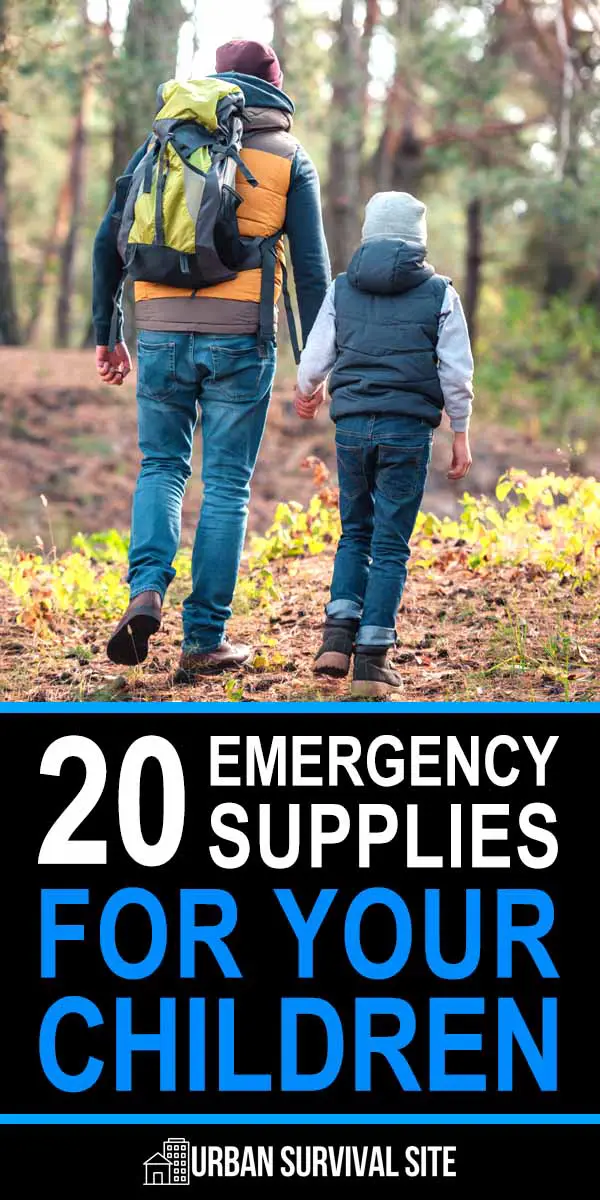The post 14 Unique Camping Tricks | Camp Like A Redneck was originally seen on Total Survival
Camping tricks and tips are a dime a dozen, but this camping checklist is chock full of ideas we bet you've never seen before. From improvised camping gear to camping food prep, we've got you covered with truly unique camping hacks. To camp like a pro, read on and discover some of our unique camping tricks and tips!
Camping Tricks & Tips a Survivalist Should Know
1. Make a Strikeable Match Storage with Sandpaper and Container Lid
Sure, flints are amazing (in a Survivor series kind), but matches will never be outdated. They're easy and safe to use in lighting fire. You only need to keep them bone dry (if they're not waterproof matches). This camping hack will definitely work for you with your mason jar stash.
2. Create an Egg Carton Fire Starter
Don't throw your egg cartons at camp just yet. You can throw them later at the fire or start the fire with them. Here's how you can make your own DIY fire starter from egg cartons.
3. Create Outdoor Candlesticks for Easy & Portable Lighting
Make these easy candle tiki torches for a fun camping. This is really simple yet so fancy. For this camping trick, you only need candles and craft dowels.
4. Use Doritos as Kindling
Pull a MacGyver trick and make it one of your own camping hacks. Let Doritos save the day in your mission to start a fire. Learn how to in this video from MacGyvermedotcom.
5. Use Frozen Water Jugs for Long Lasting Cold in Your Cooler
Check out these camping food hacks to keep you fed and nourished in your appetite-boosting adventure. Keep your cooler cool for a long time with 3 1-gallon milk jugs.
6. Create a Pocket-Sized Oil Lamp From a Travel Shampoo Bottle
It doesn't seem much but this pocket-sized oil lamp can burn for six hours which is more than enough for emergency situations.
7. Create Travel-Friendly Coffee Brewers From Filters and Floss
Coffee is an essential camping food, campers can never be without. But having a good coffee requires you coffee-making tools hassling to bring along to camp. Try this nifty camping tip for coffee: making individual coffee bags. You can enjoy a good coffee even while you're outdoors.
8. Make Your Own Grill Out of a Tin Can
It's impossible to forget a grill when camping but terrible luck happens. Luckily, you can make a grill while out at camp with large tin cans.
9. Waterproof Your Shoes With Beeswax
Candlewax and beeswax are not only items to help you start a fire at camp. They are also effective in making your shoes waterproof. It's as easy as directly applying the wax generously on your shoes.
10. Use a Belt and Some Hooks to Fashion a Pot Hanger
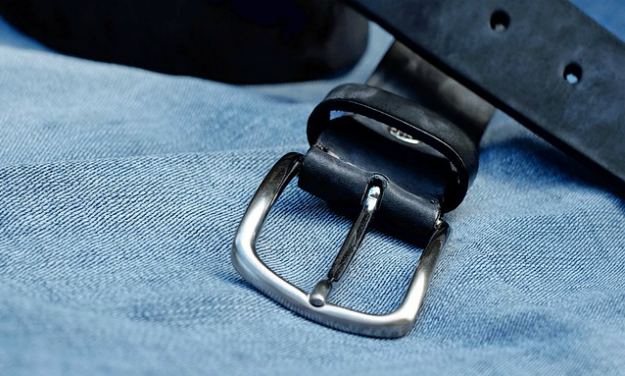
A camp is a home away from home and keeping things in order is also a priority. You don't want to pay the price of disorder when you are out in the wild. This belt hack to keep your pots and pans hanging is a smart organizing tip.
11. Dip Cotton Pads in a Wax to Make Easy Fire Starters
All the materials you need for this DIY cotton pads fire starter could be found right in your home now. It's light and it doesn't take a lot of space which is great for campers.
12. Create an emergency light out of some cardboard and tin can
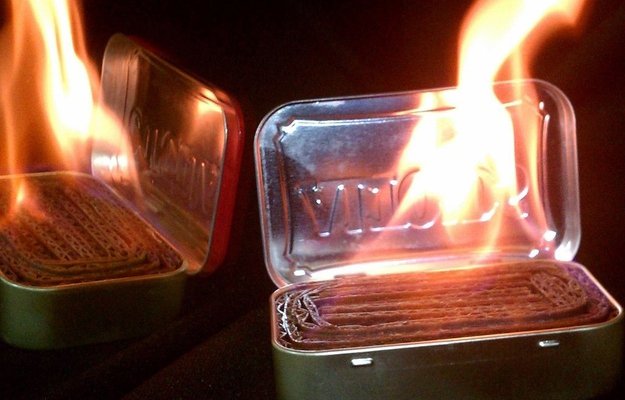
This tin can emergency light also works as a fire starter for your campfires. It's a great use for cardboards and tin cans you would otherwise throw away.
13. Keep a Jar Full of Candles Handy For a Quick and Easy Light Source
It's super hassling to find yourself in a power outage and you have to fumble for candles, matches, and a candlestick. You've never come across this brilliant life and camping idea. It's a candle and match storage, and candlestick in one.
14. Make a Portable Candle in an Altoid Tin
This camping trick with Altoid cans is really a no-brainer but still a nifty idea for camping. It makes for romantic meals outdoors.
Like camping tips? Check out The Basics of Hammock Camping and Camping Hammocks | Hammock Tent Review By Dave Canterbury!
Need a great hammock tent for camping?
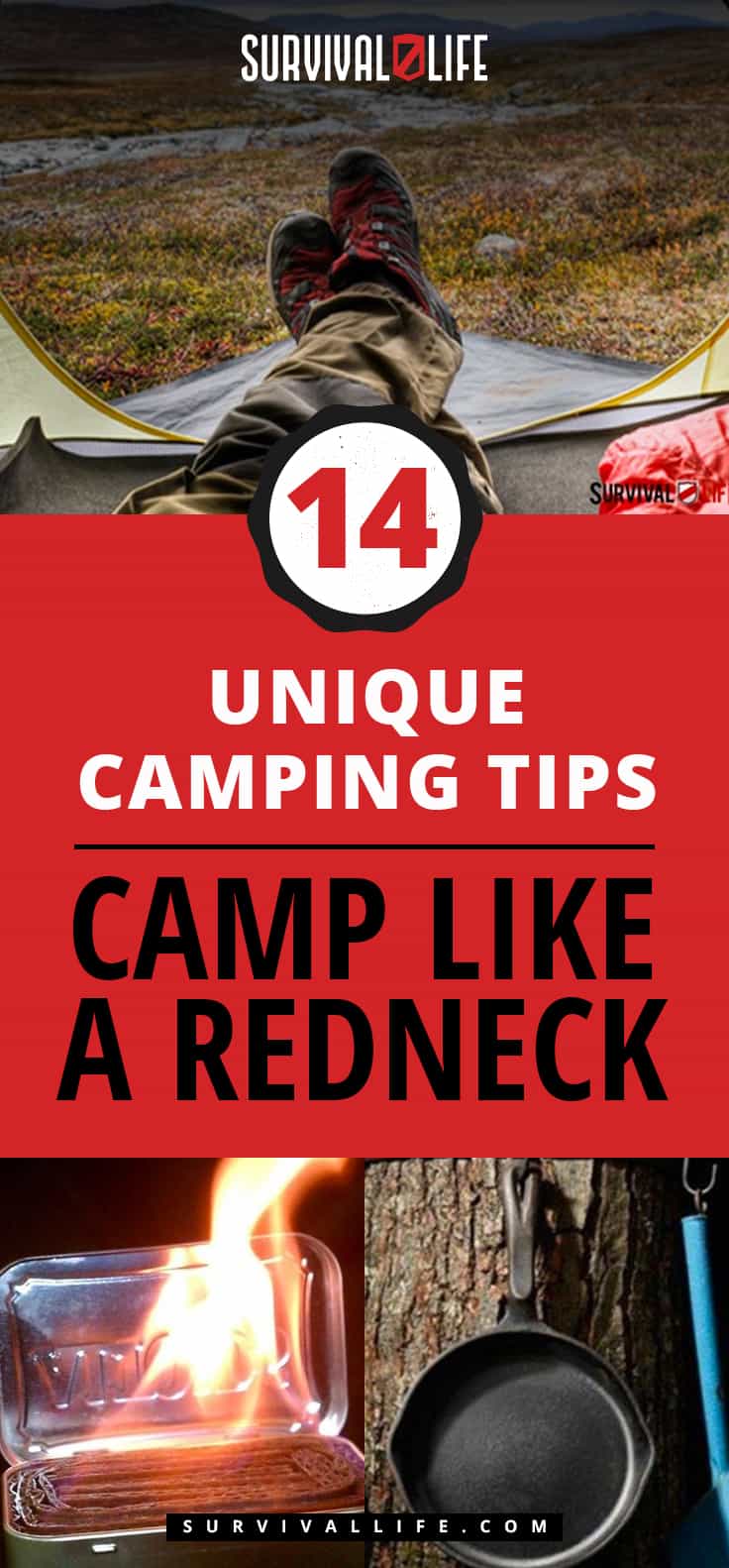
Learn these camping tricks and never be caught clueless out in the elements. This redneck-approved list can be used to add to your more traditional camping supplies for the ultimate camping experience. Impress your fellow campers with these unusual camping ideas and your seemingly never-ending supply of cool camping hacks!
Have you tried out any of these camping tips? Which one is it? Let us know in the comments section below!
Up Next: 7 Military Disaster Survival Tips | Survival Life
Editor’s Deal: This is the newest blade, hand picked for our outdoor loving crowd!
Disclaimer: The contents of this article are for informational purposes only. Please read our full disclaimer.
Editor’s Note – This post was originally published on April 14, 2014, and has been updated for quality and relevancy.
This Article Was First Found at survivallife.com Read The Original Article HerePost Source Here: 14 Unique Camping Tricks | Camp Like A Redneck













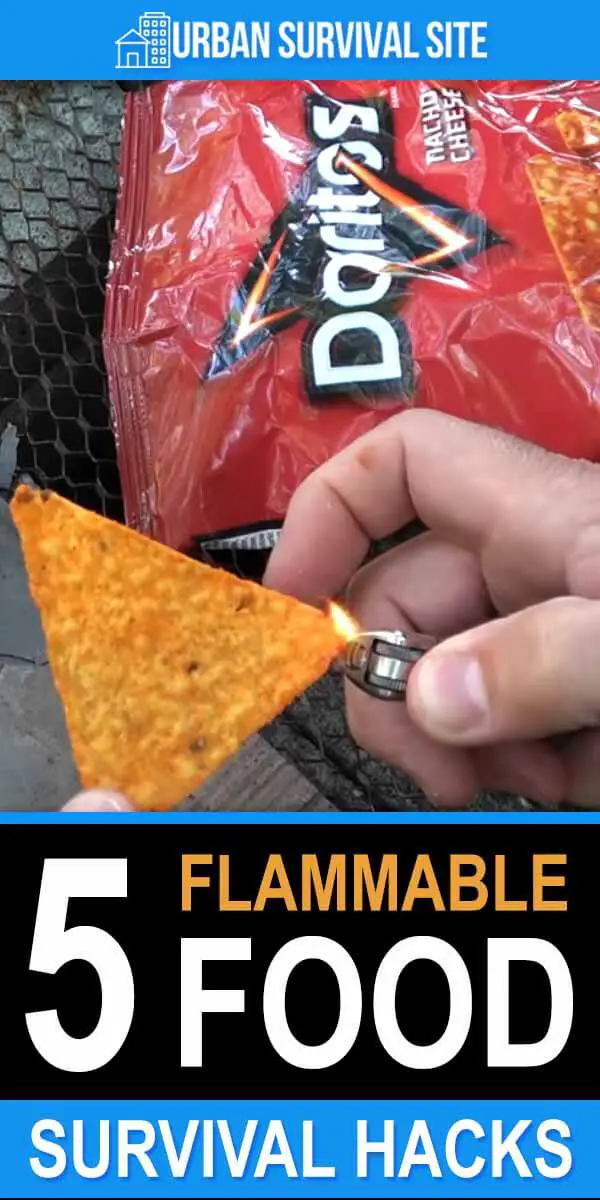
 This article first appeared on urbansurvivalsite.com
This article first appeared on urbansurvivalsite.com 





